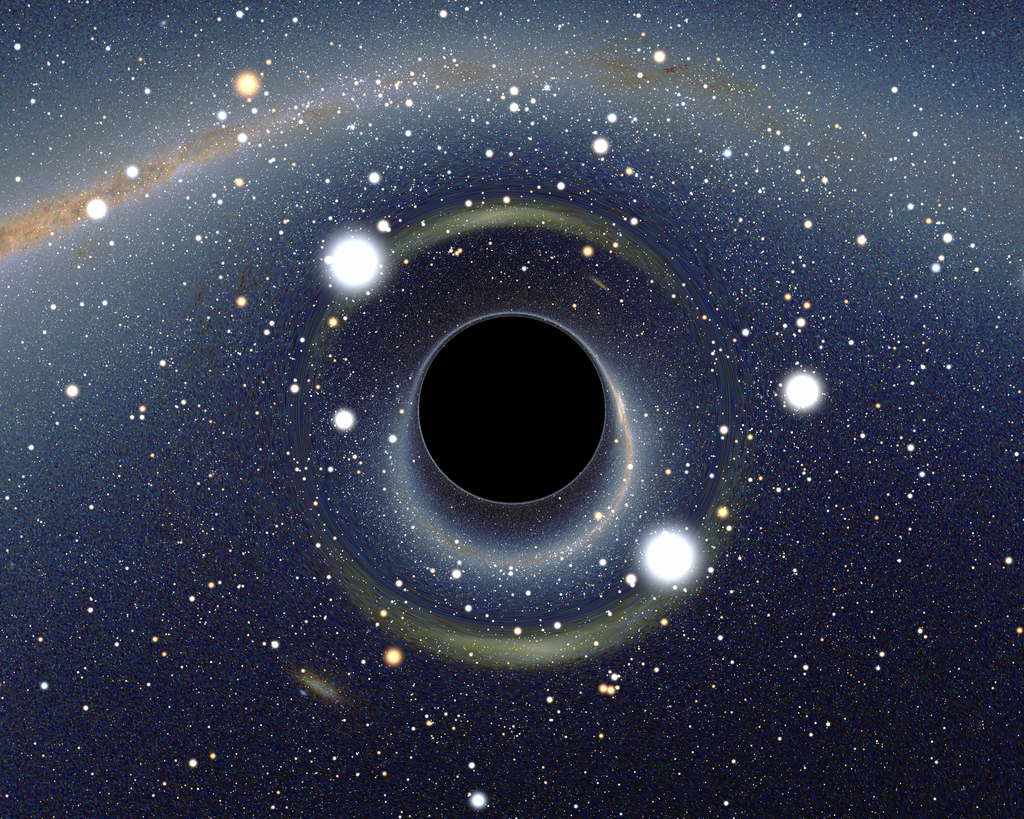
By User:Alain r [CC BY-SA 2.5 (https://creativecommons.org/licenses/by-sa/2.5)], from Wikimedia Commons
Black Holes Play Hide-and-Seek in Low-Luminosity Radio Galaxies
Canadian Astronomical Society
Every galaxy is thought to harbor a supermassive black hole in the center, or nucleus, of the galaxy, and in active galaxies this black hole is fed by infalling matter. This “central engine” is typically surrounded by dusty molecular gas in a doughnut configuration, which hides the black hole and the infalling material from our view along certain viewing directions. The picture of a central engine plus obscuring doughnut is thought to apply to all accreting supermassive black holes, explaining the apparent variety of active galaxies from the very brightest quasars to the lower-luminosity radio galaxies under a single “unified scheme.”
However, it has long been known that the weaker radio galaxies have properties inconsistent with this model, lacking evidence for bright accretion structures and obscuring doughnuts, leading to suggestions that either their black holes or their gas infall mechanisms might be unique. New results from researchers at the University of Manitoba, presented today at the 2018 annual meeting of the Canadian Astronomical Society, show that up to one-third of weak radio galaxies may in fact have glowing infalling gas with their black holes hidden by dusty doughnuts that shine in the infrared.
To discern this, R. Gleisinger, C. O’Dea, J. Gallimore, S. Baum, and S. Wykes fit the Infrared spectrum of a sample of weak radio galaxies with several components including stars, gas, dust, and a dusty torus using special techniques. They found that one-third of the radio galaxies show the classic central engines with accretion structures and doughnuts. They suggest that for the weaker active galaxies, the properties of the central engine are changing dramatically and rapidly. While the black holes in these galaxies are typically on a diet with low feeding rates, they may periodically go on an occasional binge during which a much larger mass of gas flows into the central black hole causing the creation of the standard bright accretion structure and obscuring torus.
Press Contact:
Dr. Leslie Sage
CASCA Press Officer
+1 301 675 8957
cascapressofficer@gmail.com
Science Contact:
Prof. Chris O’Dea
Dept. of Physics & Astronomy, University of Manitoba
+1 204 799 3206
odeac@umanitoba.ca







Nice article